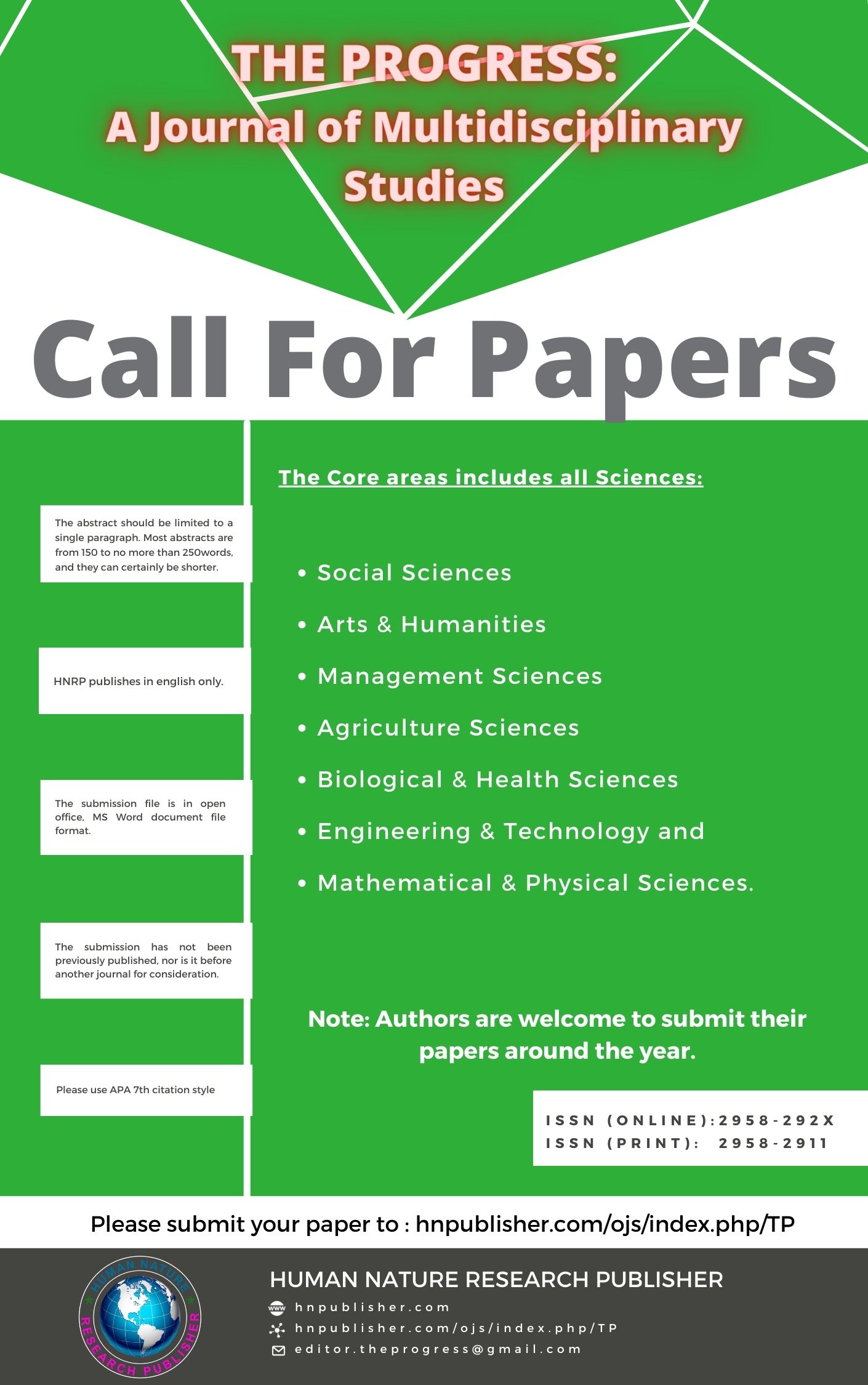Design and Evaluation of Lightweight Cryptographic Algorithms for Internet of Things (IoT) Devices: Achieving Optimal Trade-Offs Between Security, Computational Speed, and Energy Efficiency in Resource-Constrained Environments
DOI:
https://doi.org/10.71016/tp/smfybz24Keywords:
Computational Speed, Encryption Algorithms, IoT Security, Lightweight Cryptography, Post-quantum Cryptography, Resource-constrained DevicesAbstract
Aim of the Study: The aim of this study is to design, develop, and evaluate lightweight cryptographic algorithms that offer an optimal balance between security, computational efficiency, and energy consumption for Internet of Things (IoT) devices. Given the limitations of conventional cryptographic protocols like AES and RSA in resource-constrained IoT environments, the research focuses on proposing a tailored cryptographic solution suitable for such platforms.
Methodology: The research adopts a comparative evaluation framework involving standard lightweight cryptographic algorithms such as PRESENT, SPECK, SIMON, HIGHT, and KATAN. Additionally, a newly proposed IoT-optimized algorithm was introduced. The algorithms were implemented on resource-limited hardware platforms including Arduino and Raspberry Pi. Tools like AVR Studio and Crypto++ were used for development. Performance metrics such as resistance to cryptologic attacks, execution time, and energy consumption were recorded and analyzed.
Findings: The experimental results demonstrated that the proposed cryptographic algorithm outperformed all existing lightweight standards in the study. It achieved a 9/10 security score, with ciphering and deciphering speeds of 140/135 µs respectively, and maintained an operational energy consumption of just 18.2 µJ. These results confirm the algorithm’s superiority in providing robust security while maintaining low computational and energy requirements, making it especially suitable for real-world IoT applications.
Conclusion: This study validates the effectiveness of the proposed lightweight cryptographic solution for IoT environments. It highlights the importance of implementing security at the device level and recommends the integration of adaptive security mechanisms to further strengthen protection. Future work should focus on validating this approach across diverse IoT deployment scenarios to ensure scalability, reliability, and long-term operational resilience.
Downloads
Published
Issue
Section
License
Copyright (c) 2025 Rizwan Iqbal, Nadia Mustaqim Ansari, Maqsood ur Rehman Awan, Muhammad Ismail, Hassam Gul (Author)

This work is licensed under a Creative Commons Attribution-NonCommercial 4.0 International License.








